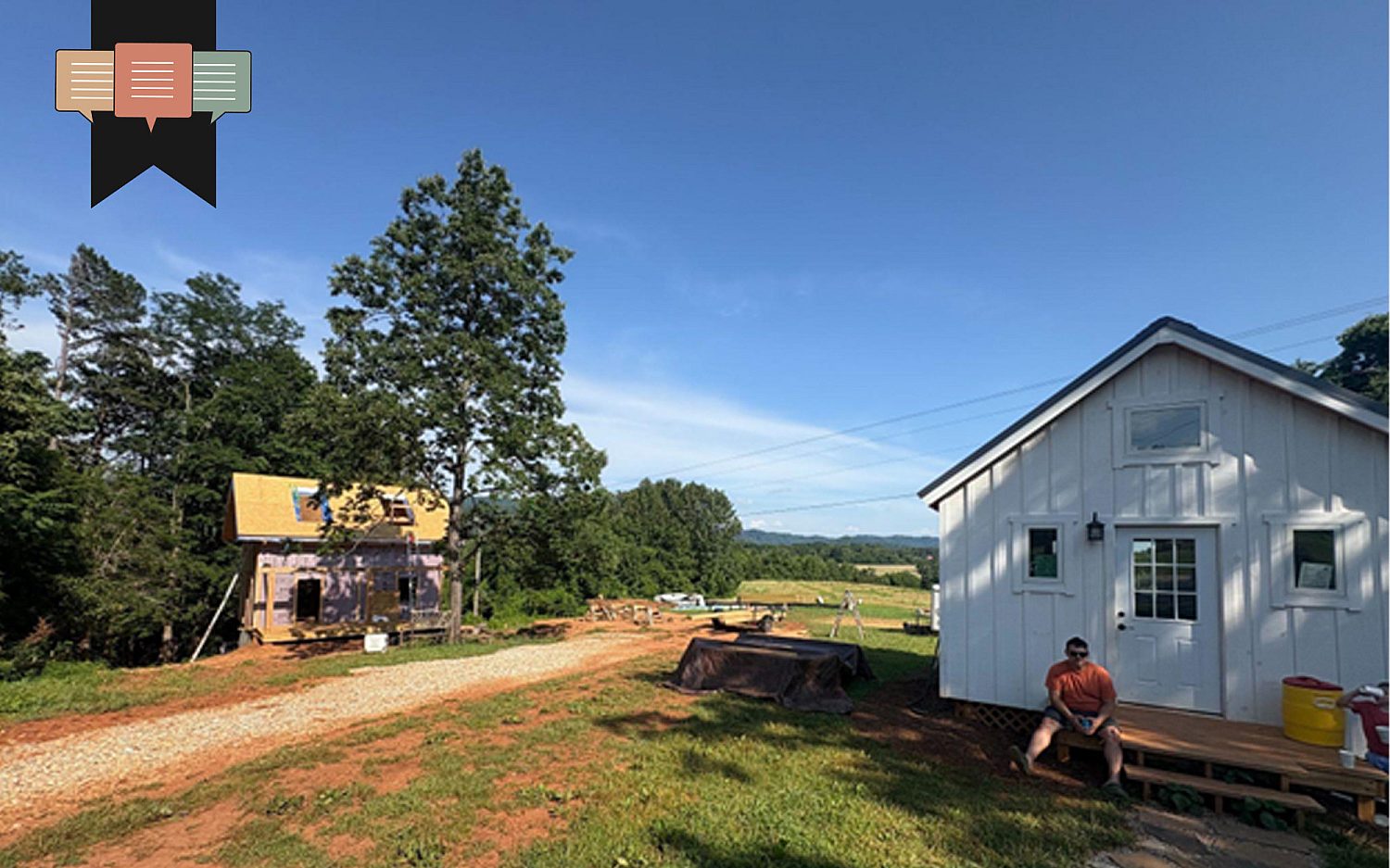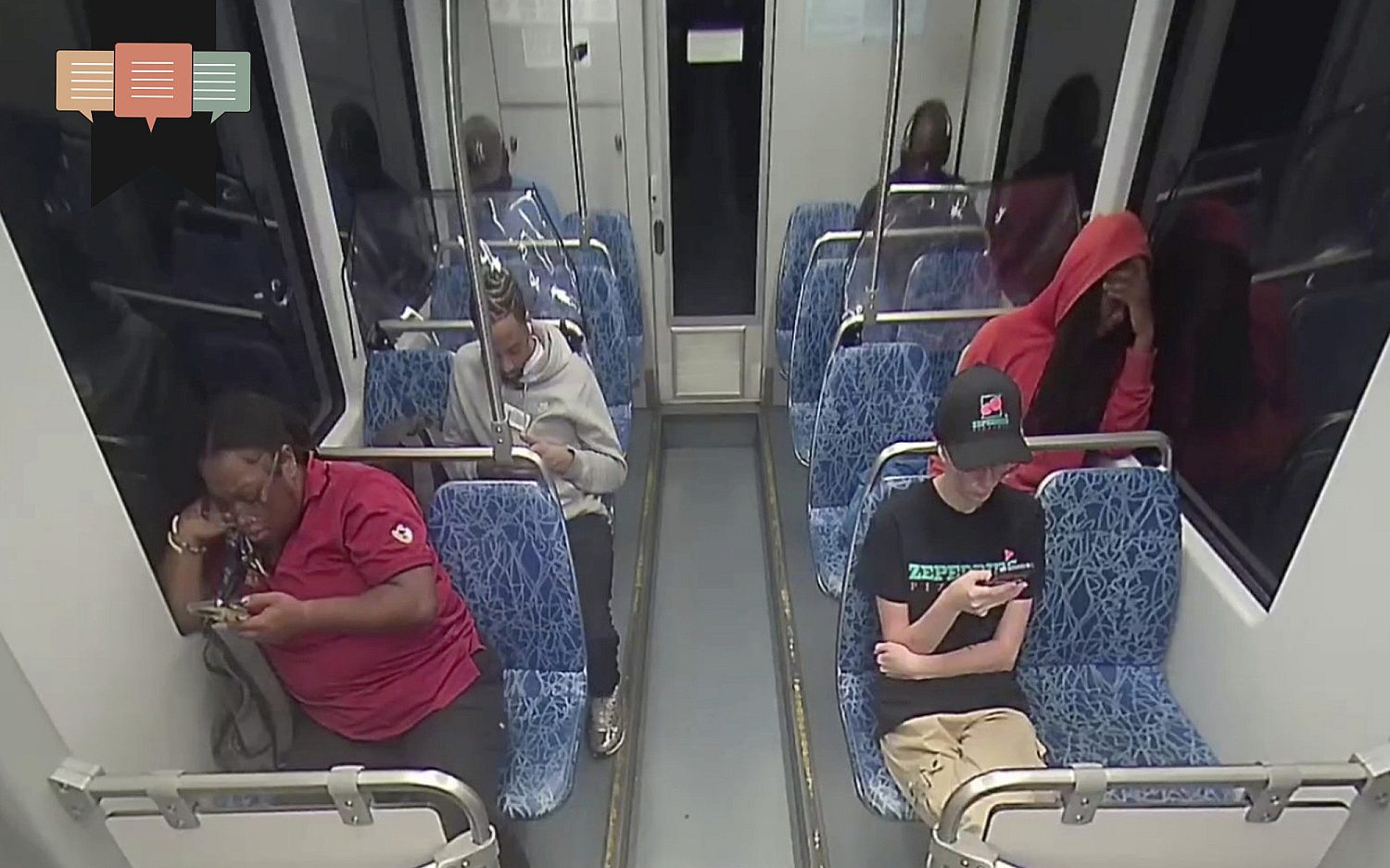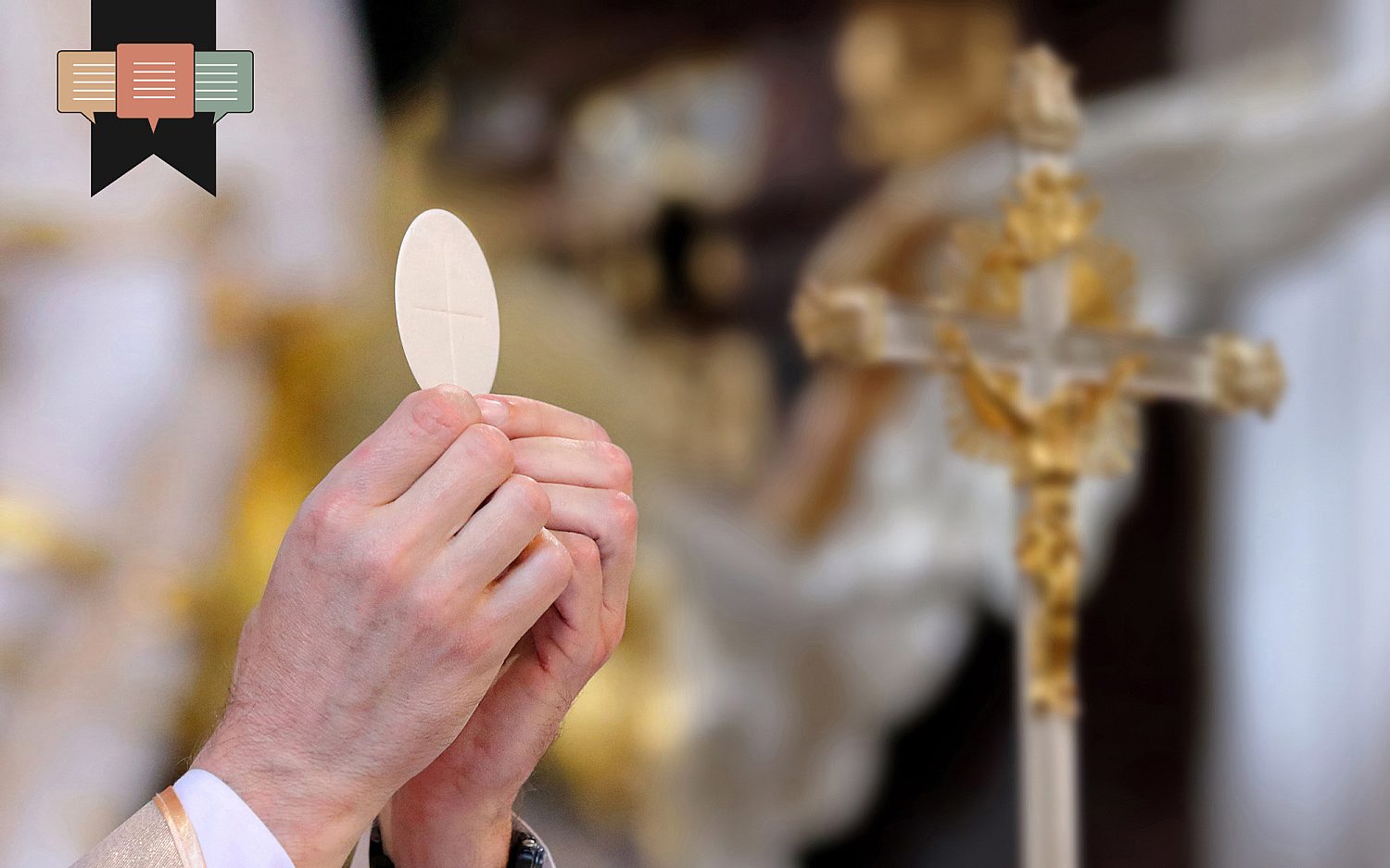Digital poverty at St. Dunstan’s Academy
By foregoing screens now, students will be able to use them better when they’re adults
Part of the grounds at St. Dunstan’s Academy Katelyn Shelton for WORLD

Full access isn’t far.
We can’t release more of our sound journalism without a subscription, but we can make it easy for you to come aboard.
Get started for as low as $3.99 per month.
Current WORLD subscribers can log in to access content. Just go to "SIGN IN" at the top right.
LET'S GOAlready a member? Sign in.
The future of education is hidden deep in Virginia’s Blue Ridge Mountains, tucked away at an all-boys Anglican boarding school called St. Dunstan’s Academy. St. Dunstan’s is future-oriented in more ways than one: As the school works its way through an onerous permitting process, the only completed building on campus is a shed built for use as an office (and the only place on grounds with access to the internet). An almost-finished dormitory will house the first class of students, and it is being built by the founders themselves. The rest of the school will be built with the assistance of the boys, who will participate in what St. Dunstan’s founders call “digital poverty,” or no televisions, smartphones, or computers on campus. With a focus on the formation of boys into men, two of the school’s four main pillars, alongside Christian formation and classical academics, are farming and skilled tradesmanship.
Roughly 150 miles away, in our nation’s capital, the most powerful man in the world issued an executive order in April for the implementation of Artificial Intelligence into every American classroom to “cultivate the skills and understanding necessary to use and create the next generation of AI technology.” Likewise, Silicon Valley is pouring money into artificial intelligence programs to propel American education into the future. But while our nation and tech industries are investing in the cultivation of AI skills, the founders of St. Dunstan’s are investing in the cultivation of virtue.
St. Dunstan’s isn’t technophobic. Its leaders just want boys to be masters rather than slaves to machines. That requires first cultivating the discipline and attention span to learn about the world around them and how it works (including, according to St. Dunstan’s website, how to change a tire, replace the switch on a washing machine, or fix a spring in a door handle).
But the screens and technologies commonplace among today’s youth, including and perhaps especially in the classroom, are rewiring their brains in ways that make mastering the world around them impossible.
Jonathan Haidt, author of The Anxious Generation, has displayed how the harrowing rise of teen depression, suicide, and loneliness—concurrent with an academic decline in reading and math scores—coincide directly with the advent of the smartphone. Richard Reeves has chronicled how this particularly affects boys in his own research. Even OpenAI co-founder Sam Altman has noticed that none of Silicon Valley’s leading entrepreneurs are under 30, warning that “something has really gone wrong.”
Thomas Fickley, the founder and headmaster of St. Dunstan’s Academy, is hoping to change that. “We want young men learning the virtues necessary to live a rich life in whatever vocation they later find themselves, whether that is life on a farm or life designing the next apps,” he told me after giving my family a tour. “The opportunity cost of 7-9 hours each day on screens (the average for American teenagers) is what we're looking to correct at St. Dunstan's. We want life in the real world for our students so their souls and bodies come alive with their minds.”
The tragedy of classroom tech is that it’s promoted as necessary for boosting knowledge, while unintentionally eroding the virtues necessary to attain knowledge. Anthony Esolen puts it best in his book, Nostalgia: “if a student’s laptop computer prevents him from acquiring the patience and mental silence necessary to read a good book, then it is weakening the very faculty for which, presumably, it was adopted in the first place. … It will not matter that the computer can place before the student’s eyes many thousands of books he could otherwise never open. He will lack the mental habits to read them.” How much more true of AI, which far more explicitly promises to liberate students of the need to learn to think critically or creatively as they half-heartedly pursue their education?
Reports from higher education are grim, with college professors claiming elite students are incapable of reading anything longer than a phone-sized snippet. “For a school,” Fickley says, “our focus needs to be on the formation of souls, and the intelligence that is part of those souls. We think our boys should become human in the fullest sense before they begin outsourcing elements of their humanity to tools and machines.”
Those who adopt AI without cultivating the virtues necessary to be its master will only wind up enslaved to it. But, as Fickley says, if the boys “learn to master their own attention spans, and learn how to remain on a single task patiently, then their later use of digital technologies will be both more self-controlled and more productive.”
New York Times columnist Ross Douthat argues that breakneck technological change is forcing human things and human beings to the brink of extinction. “It starts with substitution,” Douthat says. “The digital age takes embodied things and offers virtual substitutes, moving entire realms of human interaction and engagement from the physical marketplace to the computer screen.” The only way to survive is to be “deliberate and self-conscious and a little bit fanatical about ensuring that the things [we] love are carried forward.”
St. Dunstan’s Academy may seem a little bit fanatical, at least to many in our culture. But the integration of one of the most powerful tools ever created by man into the classrooms of children as young as three sounds much more so. It reeks of the virtual substitution Douthat warns against, and our children are the ones who will pay a dear price for it.
So, while the president is placing his bet on Silicon Valley, I’m placing mine on a little boarding school in the valley of the Blue Ridge Mountains: St. Dunstan’s.
Editor’s note: For more about AI in education, see WORLD Magazine’s cover story package, “ChatGPA” and “Deepfake learning,” and another of today’s WORLD Opinions columns, “Artificial knowing.”
These daily articles have become part of my steady diet. —Barbara
Sign up to receive the WORLD Opinions email newsletter each weekday for sound commentary from trusted voices.Read the Latest from WORLD Opinions
R. Albert Mohler Jr. | Response to release of security video shows deep division between liberals and conservatives
Barton J. Gingerich | The deeply rooted problem with a convert to Roman Catholicism administering the Lord’s Supper in a PCA church
Nathan Leamer | We should view artificial intelligence as a potential opportunity for the Church
Joe Rigney | Slayings in Charlotte, Minneapolis, and Nashville reveal a deep spiritual abyss in America






Please wait while we load the latest comments...
Comments
Please register, subscribe, or log in to comment on this article.